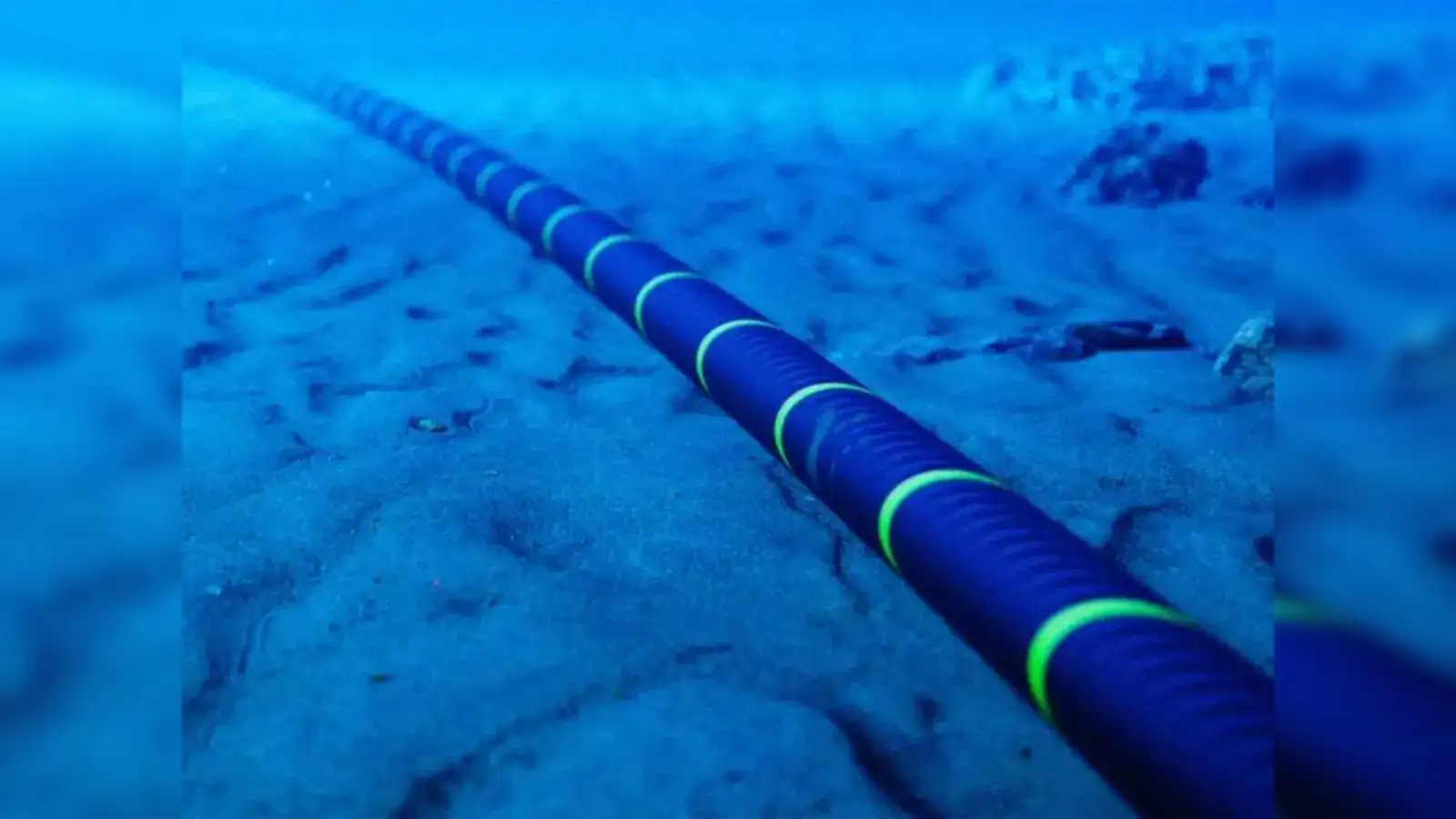Undersea Cables Cut in Red Sea Disrupt Internet
Multiple undersea internet cables in the Red Sea were severed, causing widespread connectivity disruptions across the Middle East, Africa, and parts of Asia.

A series of undersea cable cuts in the Red Sea has triggered significant internet outages and slowdowns across multiple countries, impacting millions of users and critical infrastructure. The incident, which occurred in late February 2024, affected at least four major submarine cables responsible for carrying a substantial portion of data traffic between Europe, the Middle East, and Asia.
Scope and Impact of the Disruption
The severed cables—Asia-Africa-Europe 1 (AAE-1), Europe India Gateway (EIG), Seacom, and TGN-Gulf—handle an estimated 25% of data traffic flowing between Asia and Europe. The disruptions led to degraded internet speeds and intermittent outages in countries including Saudi Arabia, Egypt, Djibouti, Kenya, Pakistan, and India. Financial services, cloud computing, and international communications were particularly affected, with some banks and businesses reporting delays in cross-border transactions and data transfers.
Telecommunications operators scrambled to reroute traffic through alternative cables, but the limited redundancy in the region meant that congestion and slowdowns persisted for days. In Egypt, which acts as a major landing point for global internet cables, authorities reported that up to 60% of the country's international internet capacity was temporarily compromised.
Investigation and Attribution
Initial reports suggested that the cable cuts occurred in waters near Yemen, an area that has seen increased maritime tensions due to ongoing conflict. Some industry experts and Western officials pointed to the possibility of accidental damage from ship anchors, a common cause of such incidents. However, the timing and scale of the disruption led to speculation about potential sabotage or deliberate interference, particularly given the region's geopolitical volatility.
Yemeni Houthi officials denied involvement, calling allegations of sabotage "baseless" and accusing Western media of spreading disinformation. Independent analysts noted that while accidental damage remains the most likely cause, the lack of transparency and the strategic importance of the cables make the incident susceptible to politicization and propaganda from all sides. Authoritarian state media in the region amplified narratives blaming foreign actors, while Western and independent outlets urged caution and called for a thorough, independent investigation.
Broader Implications and Response
The incident has reignited debate over the vulnerability of global internet infrastructure, especially in politically unstable regions like the Red Sea. Experts warn that the concentration of so many critical cables along a narrow maritime corridor creates a "single point of failure" for global connectivity. Calls have grown for increased international cooperation on cable security, improved redundancy, and faster repair protocols.
Repair ships were dispatched to the affected area, but ongoing security concerns and insurance restrictions delayed their operations. As of early March 2024, partial service had been restored, but full repairs were expected to take several weeks. The episode underscored both the fragility of the digital backbone underpinning the global economy and the risks posed by regional instability to essential infrastructure.